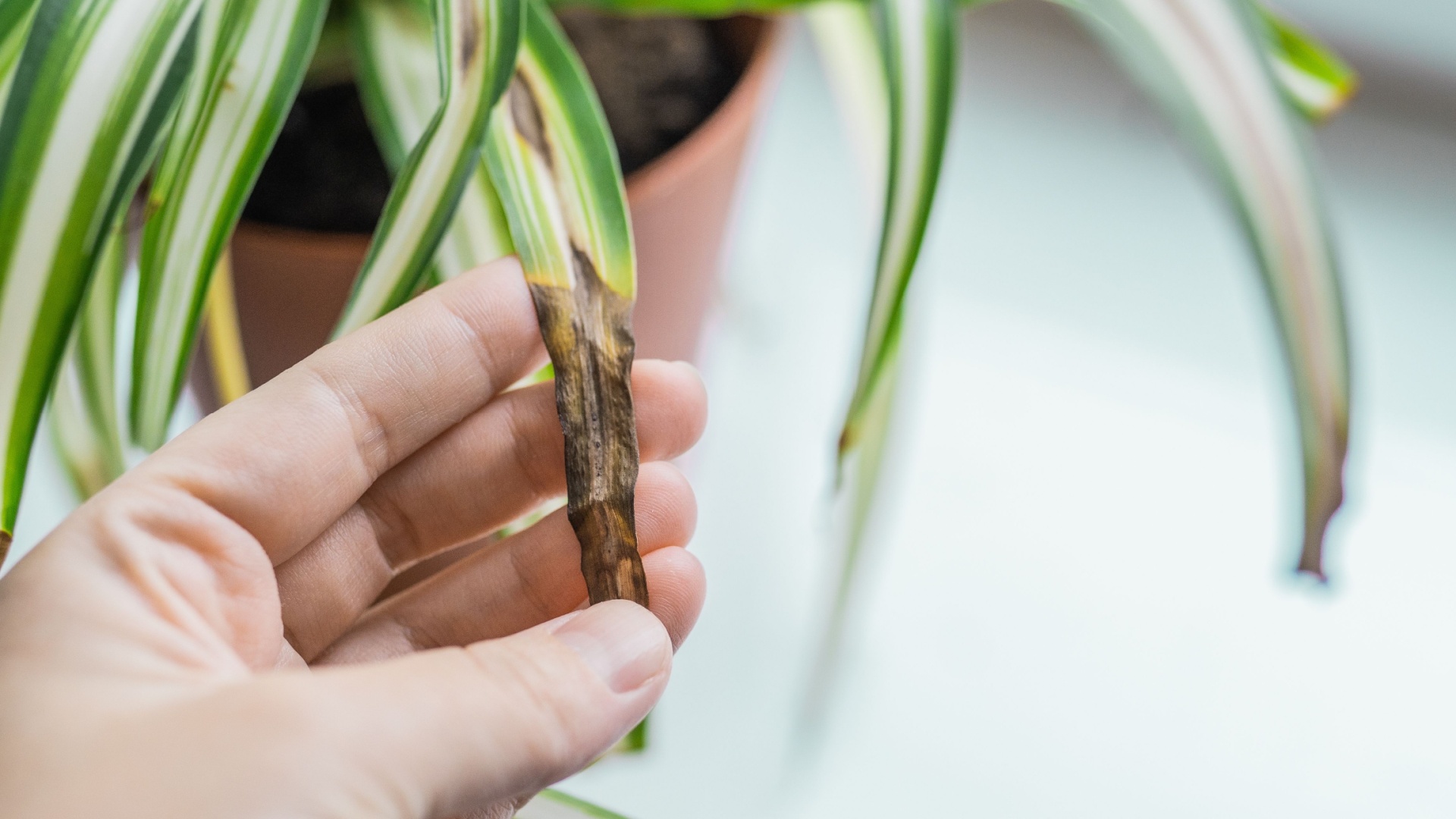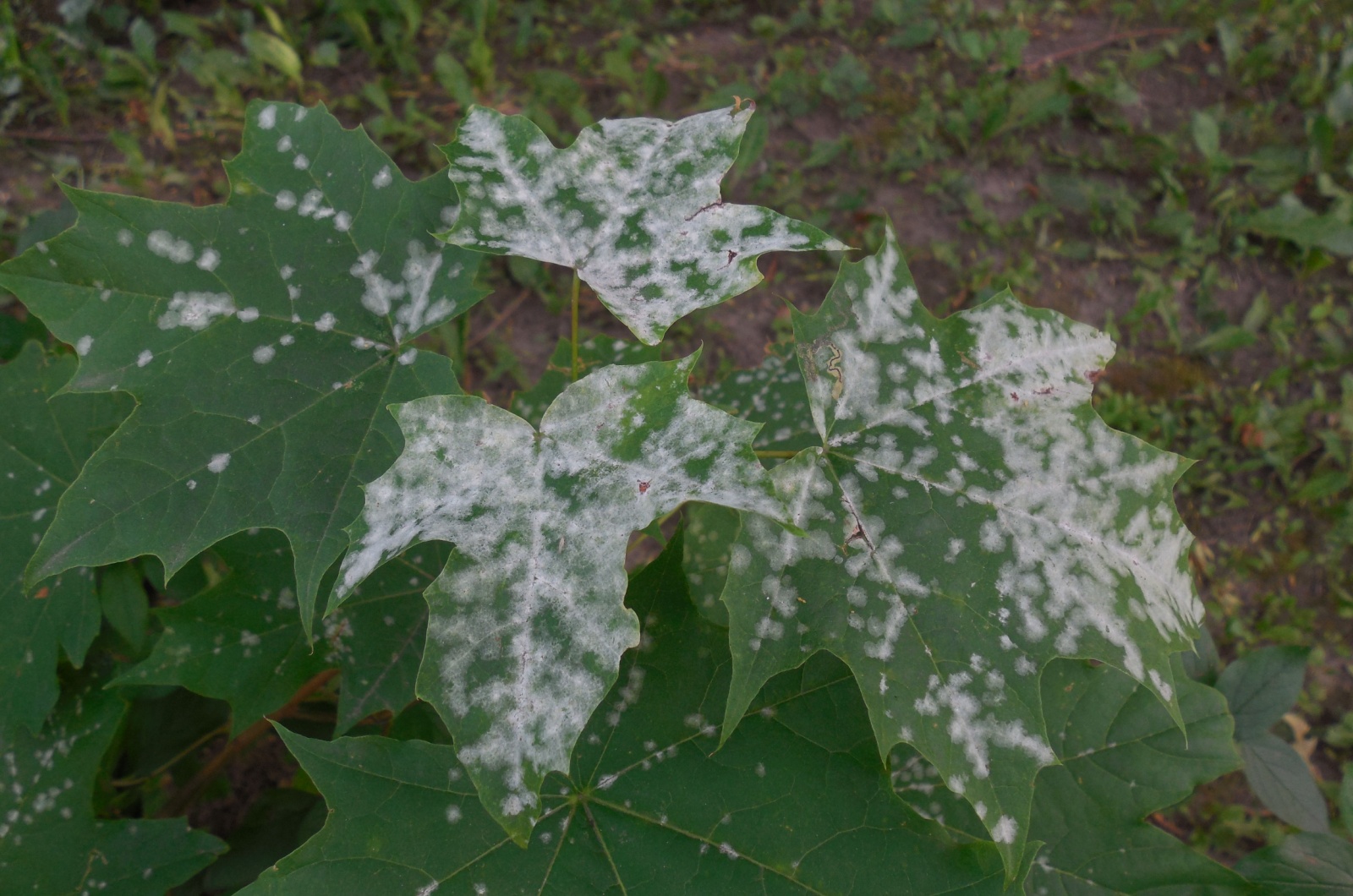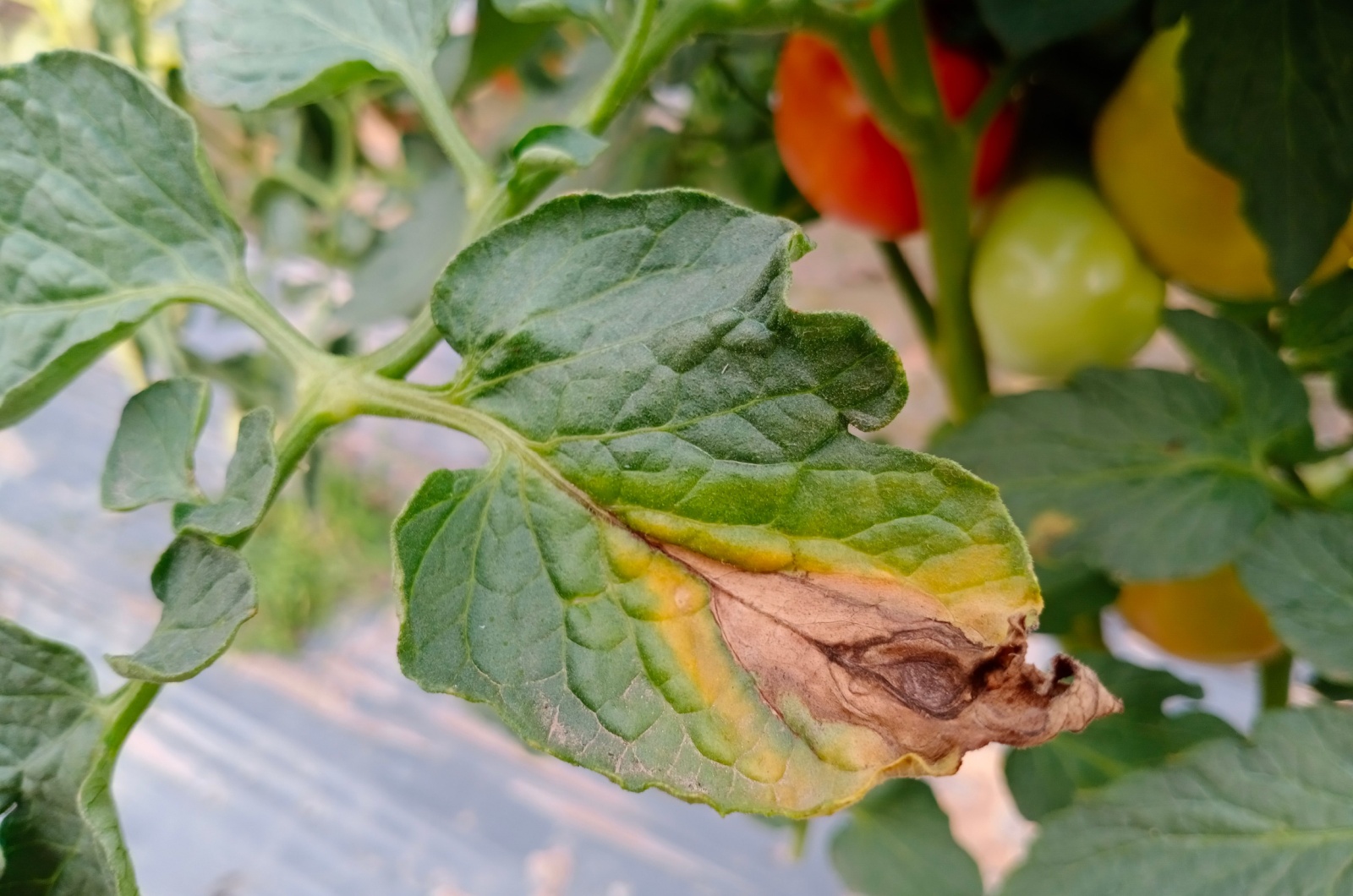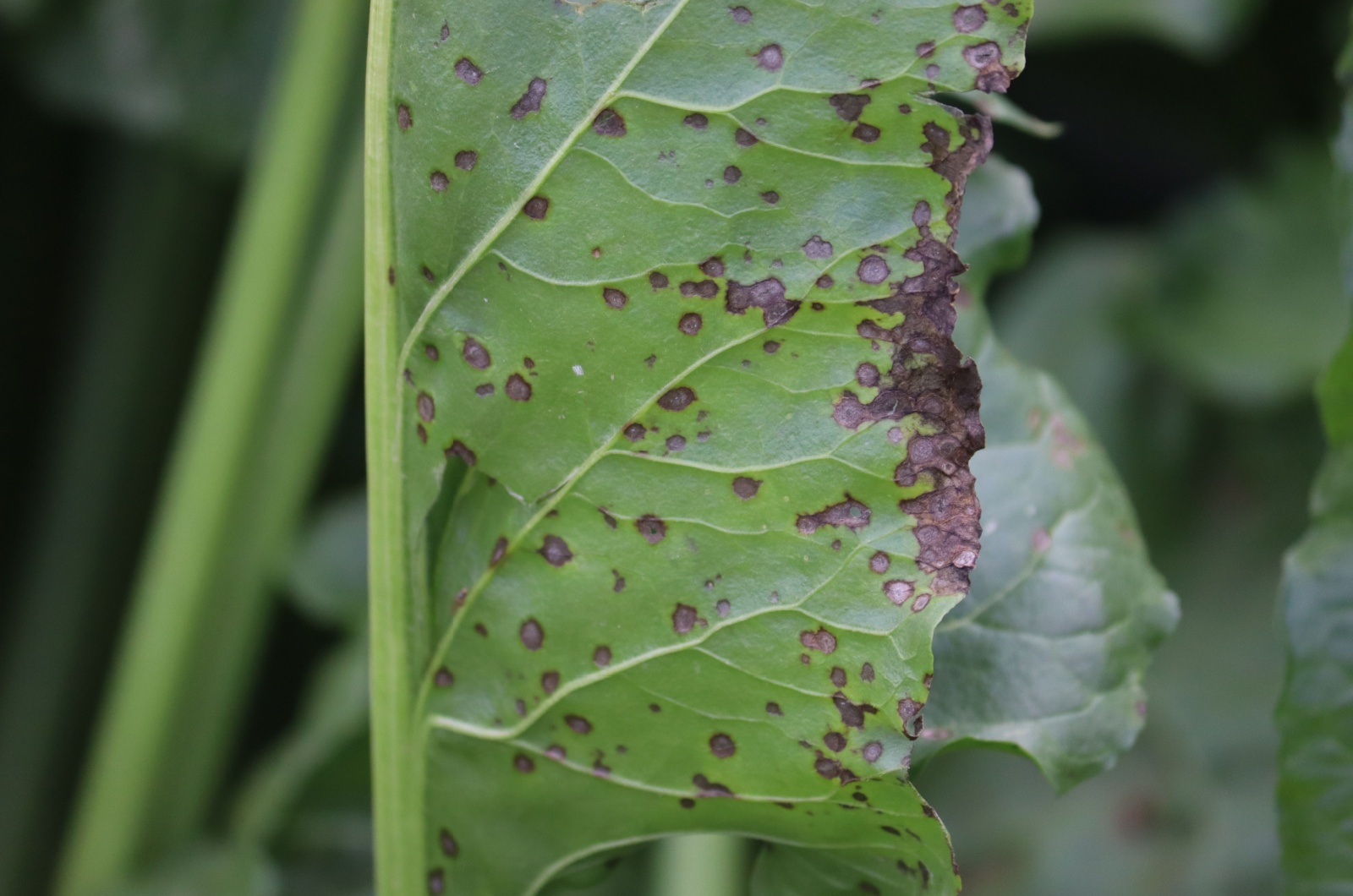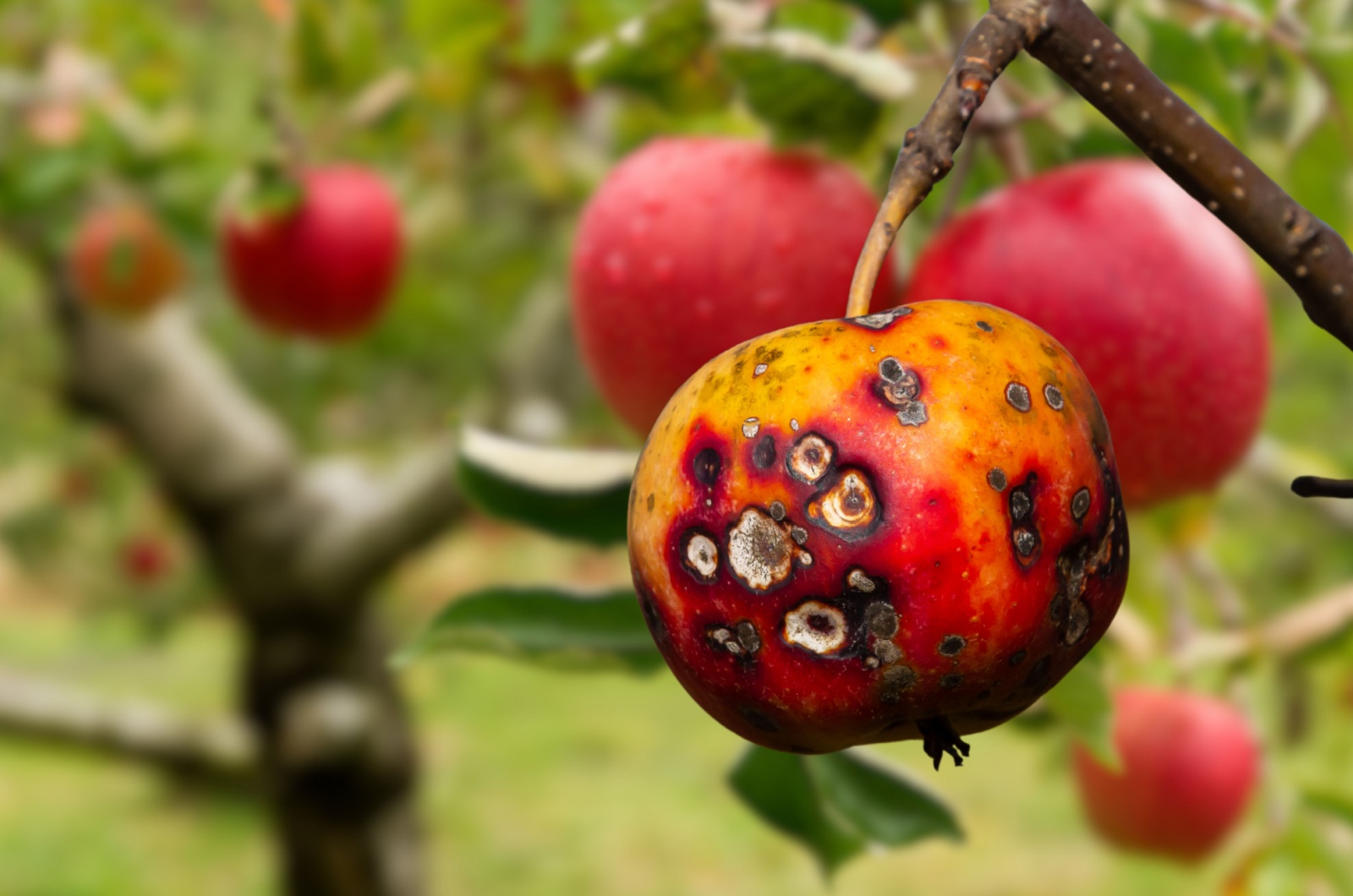If you think that your problems with pests and disease are over in fall, you’re wrong! Unfortunately there are still a few you’ll need to keep an eye out for.
I also thought that autumn was about harvesting all the delicious crops, planting, and doing the last tasks in my garden. Little did I know! There were no complications with my plants until two years ago.
I still remember how shocked I was when I discovered that half of my plants were affected by all kinds of diseases! Luckily I didn’t give up right away, as a gardening geek I immediately started searching for the answers on how to protect my plants.
After a few days of researching I found the perfect tricks that turned out to work the best (still no trace of diseases in my garden). If you’re worried about your plants surviving this fall, then worry no more because I’ve got some secret tricks up my sleeve!
#1 Quick Spreading Fungal Disease Might Ruin All Of Your Crops
Powdery mildew is one of the worst fungal diseases I’ve ever dealt with! Its ability to spread quickly makes things even worse. But don’t worry – I’ve got you covered!
First you’ll need to learn how to recognize it. White patches, curled leaf edges, and slowed growth are some of the symptoms!
Plants that are affected by powdery mildew are usually beans, beets, carrots, lettuce, tomatoes, radishes, squash, melons, and pears. So if you happen to grow one of these, you should be on guard!
What should you do if this disease has already spread to your plants? Well, you should start by pruning the damaged leaves and using a fungicide. These two steps are crucial if you want to keep your plants safe and free of powdery mildew!
#2 Protect Your Tomatoes From Early Blight With This Trick
Early blight might be the one that ruins all of your delicious tomatoes! It can affect almost all parts of this veggie, from leaves and stems to fruits. Besides small black or brown spots, this disease can also weaken your plants to the point where they won’t produce any fruit!
First, you’ll need to remove all infected parts and avoid watering the leaves. You should only water the base of the plants. Then you can use fungicide. If you want to get rid of early blight for good, you should be careful while choosing varieties.
One of the best types of tomatoes that can easily win against early blight is Indigo Rose! This variety is known for being resistant to this fatal disease. You should definitely give it a try because it’s even more flavorful than the others!
#3 Brown Spots On Your Plants’ Leaves Aren’t A Good Sign
Have you spotted brown, black, or yellow marks on your plants’ leaves? Well, a disease named leaf spot might be spreading all over your garden! It can affect shrubs, flowers, and even crops.
Luckily, this disease isn’t hard to treat, so you’ll be able to recover your plants in a short time! One of the best treatments you can use for leaf spot is fungicide. In my case, it has proven to do a great job many times!
You can also prune all the ruined leaves. Just don’t forget to disinfect the shears after you’re done!
#4 Keep An Eye Out For A Bacterial Disease Named Black Rot That Can Cause Wilting
If your brassicas survived all the way through, you’ve done a great job! But there’s one more thing you should be aware of before harvesting – black rot!
This disease can affect your green, healthy veggies and cause all your plants to wilt. Broccoli, sprouts, cabbage, kale, and turnips are members of the brassica family that are likely to suffer from this disease.
Dark, black spots and fruits dropping are signs of this disease. These marks will slowly start to spread throughout the leaf, causing a lot of trouble!
Do you already know the answer on how to treat this disease? Did you say by using fungicide? That’s right! For a more natural way, you can also spray your crops with neem oil!
#5 Say Goodbye To Scab By Choosing Resistant Varieties
You have probably seen tiny black spots on the leaves and fruits of your apples before. I also didn’t pay attention to it until I found out that these marks are actually a fungal disease called scab! It can destroy all of your juicy apples by cracking them.
If you want to prevent scab, avoid too little or too much watering. You’ll also need to make sure that your plants have good air circulation!
But the best trick you can use is to choose resistant varieties such as the Honeycrisp apple tree. It’s one of the easiest varieties to grow, full of honey-sweet flavor!
Now you are fully prepared for these five diseases that might threaten your garden this fall! You’ll be able to keep plants safe, sound, and thriving in your yard all autumn long.
These tricks will help you find all of the early signs of these diseases and treat your plants in the most effective ways! As fall will arrive soon, you can already start investigating a little bit. The sooner you spot the disease, the better the recovery of the plants will be!
Good luck!

